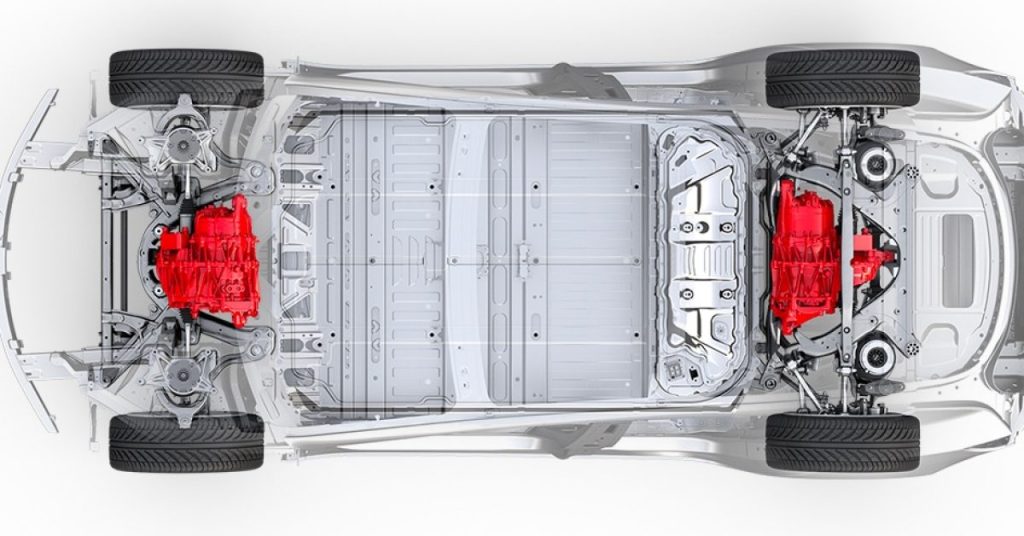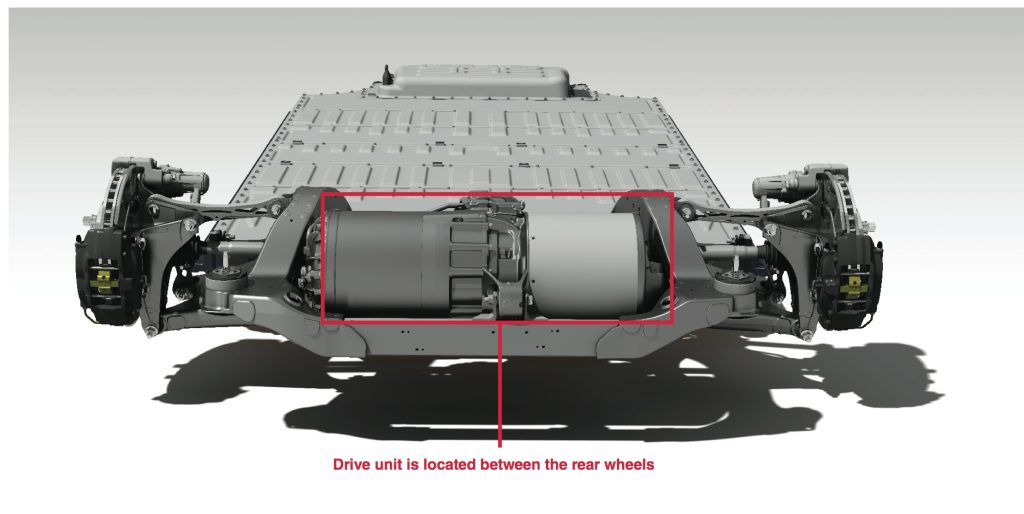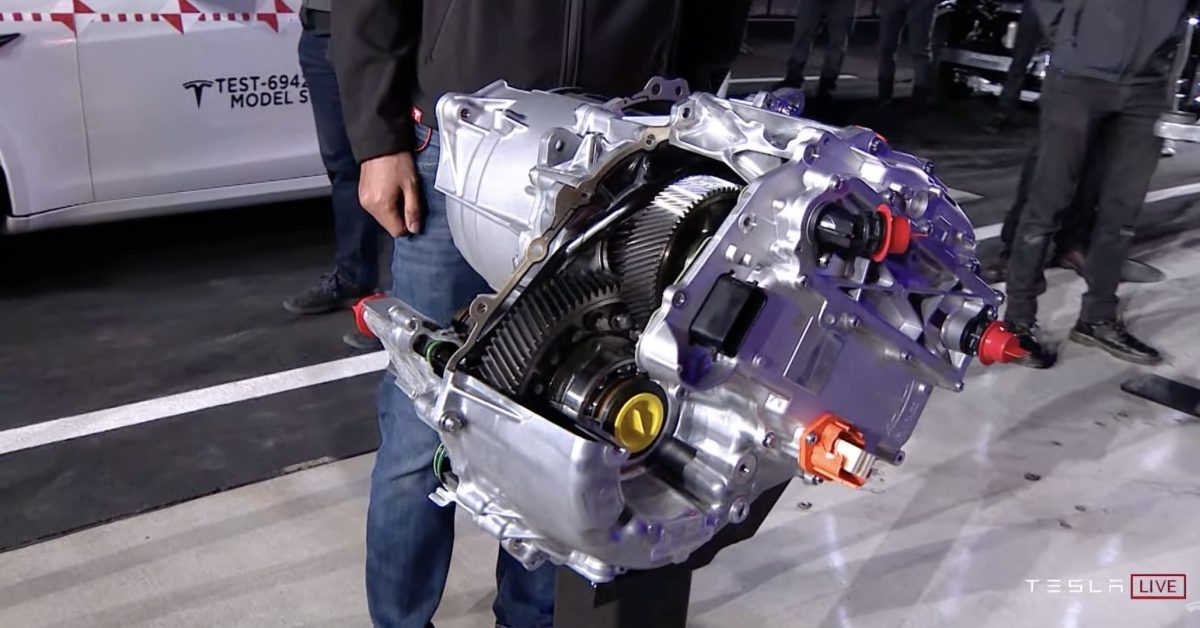Key Takeaway: Tesla’s electric motor is a crucial component of their vehicles, providing high-performance power and efficiency. It consists of a rotor, stator, and housing, all working together to generate torque and propel the vehicle. Tesla’s electric motor technology continues to evolve, with advancements in power, efficiency, and integration with their battery system.
Unlike traditional combustion engines found in gasoline-powered vehicles, Tesla’s electric motors are powered by electricity. This means they do not rely on fossil fuels and do not produce any tailpipe emissions. Electric motors offer numerous advantages, including instant torque, smooth acceleration, and quieter operation.
Design and Construction
Tesla’s electric motor consists of three main components: the rotor, stator, and housing. The rotor is the moving part of the motor, while the stator remains stationary. The housing, usually made of aluminum or other lightweight materials, protects the internal components and helps with heat dissipation.
The rotor is typically made of permanent magnets, arranged in a specific pattern to create a magnetic field. This magnetic field interacts with the stator, which contains a series of copper windings. When an electric current is passed through the windings, it generates a magnetic field that interacts with the magnetic field of the rotor. This interaction produces rotational force, known as torque, which drives the wheels of the vehicle.
Power and Performance

One of the remarkable features of Tesla’s electric motors is their power and performance capabilities. Tesla vehicles are known for their impressive acceleration and torque, thanks to the instant torque delivery of electric motors. This allows Tesla cars to achieve quick acceleration from a standstill, providing a thrilling driving experience.
Tesla’s electric motors also excel in efficiency. Electric motors are inherently more efficient than combustion engines due to their simplified design and direct power delivery. Tesla’s motors have high efficiency ratings, which contribute to the longer range of their vehicles. This means you can travel farther on a single charge compared to many other electric vehicles on the market.
Battery and Motor Integration
Tesla’s electric motor is closely integrated with their battery system. The battery pack provides the necessary energy to power the motor, allowing the vehicle to move. Tesla’s battery technology is well-known for its high energy density, enabling longer ranges and faster charging times.
The integration of the motor and battery goes beyond just power delivery. Tesla’s electric motors also feature regenerative braking, a technology that allows the motor to act as a generator and convert kinetic energy back into electrical energy. This energy is then stored in the battery, increasing overall efficiency and extending the range of the vehicle.
Future Developments

Tesla is constantly pushing the boundaries of electric motor technology. As the demand for electric vehicles continues to grow, Tesla is focused on improving the performance, efficiency, and overall design of their motors. They are investing in research and development to enhance the power output, reduce weight, and improve the thermal management of their motors.
One area of ongoing innovation is the use of new materials. Tesla is exploring the use of advanced materials, such as carbon fiber and lightweight alloys, to make their motors even more efficient and powerful. Additionally, they are working on improving motor control algorithms to optimize power delivery and maximize performance.
Conclusion
Tesla’s electric motor is the heart of their vehicles, providing the power, efficiency, and performance that Tesla cars are known for. The rotor, stator, and housing work together to generate torque and propel the vehicle, while the integration with the battery system ensures seamless power delivery and regenerative braking.
As Tesla continues to innovate and advance their electric motor technology, we can expect to see even more impressive performance, efficiency gains, and integration with their battery systems. With each iteration, Tesla is pushing the boundaries of what electric motors can achieve, solidifying their position as a leader in the electric vehicle industry.
So, the next time you see a Tesla car on the road, remember the incredible technology that lies beneath its sleek exterior. The electric motor is truly the driving force behind the incredible performance and sustainability of these iconic vehicles.



